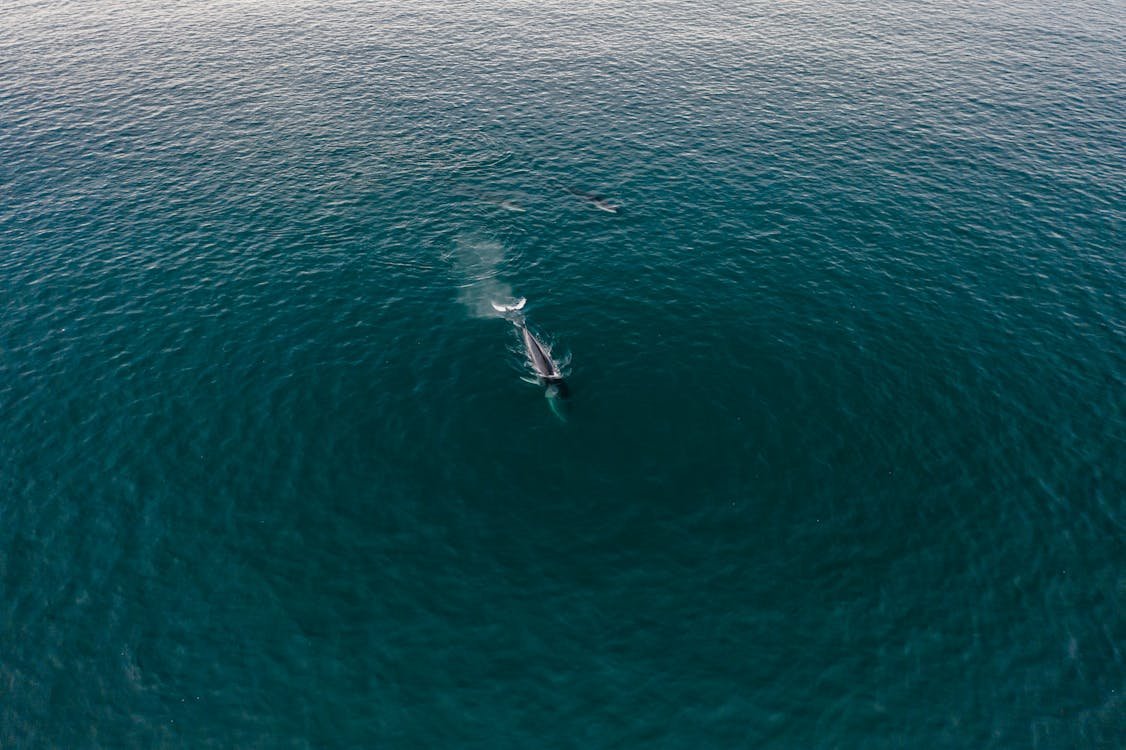Whales, the giants of the ocean, are often celebrated for their immense size and majestic nature, while plankton, some of the tiniest organisms in the sea, go largely unnoticed. Despite their vast difference in size, these two creatures are intricately connected in ways that influence the health and stability of marine ecosystems. The relationship between whales and plankton plays a critical role in shaping ocean life, maintaining biodiversity, and even regulating the global climate.
What Are Plankton?
Plankton are microscopic organisms that float or drift in water, forming the foundation of the oceanic food chain. They can be divided into two primary categories: phytoplankton and zooplankton. Phytoplankton are plant-like organisms that harness sunlight through photosynthesis, producing a significant portion of the Earth’s oxygen supply. Zooplankton, on the other hand, are small animal-like organisms that feed on phytoplankton.
Whales: Oceanic Ecosystem Engineers
Whales, particularly baleen whales like the blue whale and humpback whale, feed primarily on zooplankton such as krill. These whales are known for their impressive feeding behaviors, where they consume enormous amounts of plankton in a single gulp using their baleen plates to filter out the water and trap their food.
However, whales are more than just consumers; they are vital ecosystem engineers. Through their feeding and migratory patterns, whales redistribute nutrients across ocean environments, which enhances the productivity of plankton populations. This cycle of interaction benefits both plankton and the entire marine food web.
Whale Feeding and Nutrient Recycling
Whales play a pivotal role in recycling nutrients in the ocean. After feeding on zooplankton, they release large amounts of waste into the water, rich in nitrogen, iron, and phosphorus. This process, often called the “whale pump,” fertilizes the ocean’s surface and stimulates the growth of phytoplankton. These phytoplankton form the base of the marine food chain, supporting the diet of zooplankton, which are then consumed by whales and other marine creatures.
This nutrient recycling doesn’t only benefit plankton populations. It contributes to the entire marine ecosystem’s health, boosting the productivity of fisheries and creating a thriving habitat for a wide variety of ocean life, from fish to seabirds and even other marine mammals.
Climate Regulation: The Role of Phytoplankton
Phytoplankton, with the help of whales, play a crucial role in the regulation of the Earth’s climate. Through photosynthesis, phytoplankton absorb carbon dioxide from the atmosphere and release oxygen. This carbon sequestration is essential in mitigating the effects of climate change, as it helps to remove large amounts of carbon dioxide, one of the major greenhouse gases.
Whales, by stimulating the growth of phytoplankton through nutrient cycling, indirectly contribute to this carbon capture process. Studies have shown that whale populations help increase the amount of carbon sequestered by ocean ecosystems, making their conservation critical not just for biodiversity but for climate stability.
The Ripple Effect on Marine Biodiversity
The relationship between whales and plankton creates a ripple effect that extends throughout the marine food web. By enhancing plankton growth, whales indirectly support the species that feed on them, including small fish and larger predators like sharks, seals, and seabirds. Healthy whale populations also lead to more abundant and diverse marine ecosystems, which can support a wide range of marine life.
This intricate connection highlights the importance of conserving whale populations, as their decline can disrupt the balance of marine ecosystems. Overfishing, habitat destruction, and climate change all threaten the delicate relationship between whales and plankton, with potentially devastating consequences for ocean biodiversity.
Conclusion: Guardians of the Ocean
Whales and plankton are vital players in the health of the world’s oceans, and their connection is a cornerstone of marine life. Whales, as ocean giants, not only depend on plankton for sustenance but also help to nurture plankton populations through nutrient recycling, supporting the entire food chain. Furthermore, their influence on phytoplankton has broader implications for climate regulation, as these tiny organisms play a significant role in sequestering carbon.
Protecting whale populations and their ecosystems is crucial for maintaining the balance of ocean life, preserving biodiversity, and combating climate change. The fascinating connection between whales and plankton reminds us of the delicate interdependencies that shape life in the oceans—and the urgency of safeguarding them.

